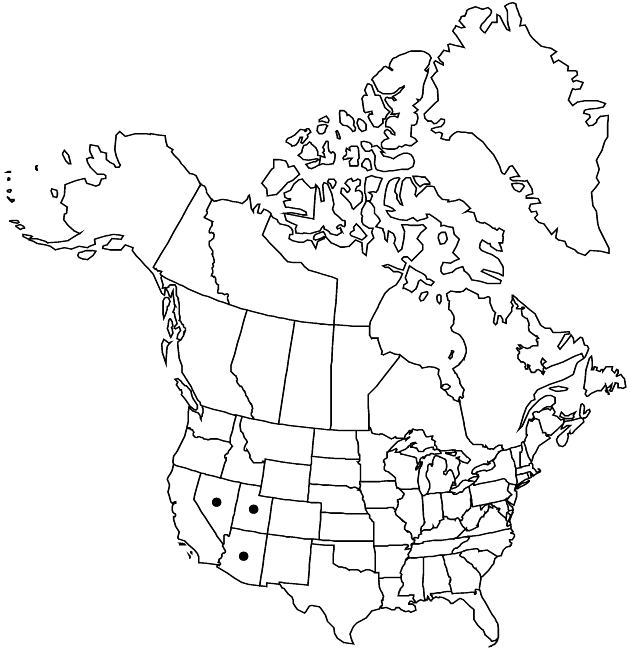Difference between revisions of "Ericameria nauseosa var. turbinata"
Phytologia 75: 88. 1993.
Basionym: Bigelowia turbinata M. E. Jones Proc. Calif. Acad. Sci., ser. 2, 5: 691. 1895
Synonyms: Chrysothamnus nauseosus var. turbinatus (M. E. Jones) H. M. Hall Ericameria nauseosas subsp. turbinata (M. E. Jones) H. M. Hall
FNA>Volume Importer |
FNA>Volume Importer |
(No difference)
| |
Revision as of 18:40, 24 September 2019
Plants 40–60 cm. Stems yellowish green, moderately leafy at flowering, tomentum compact. Leaves grayish green; blades 1-nerved, linear, 10–20 × 0.5–1.5 mm, faces tomentulose to densely tomentose. Involucres 11.2–16 mm. Phyllaries 16–25, apices erect, acute to short-acuminate, outer abaxial faces tomentose or glabrous, inner often glabrous. Corollas 9.8–11.8 mm, tubes puberulent or glabrous, lobes 0.7–0.9 mm, villous; style appendages longer than stigmatic portions. Cypselae glabrous or densely hairy; pappi 9.5–12 mm. 2n = 18.
Phenology: Flowering late summer–fall.
Habitat: Dunes and deep sands, saltbush, ephedra, juniper, and greasewood communities
Elevation: 1300–1700 m
Distribution

Ariz., Nev., Utah.
Discussion
Selected References
None.
Lower Taxa
None.